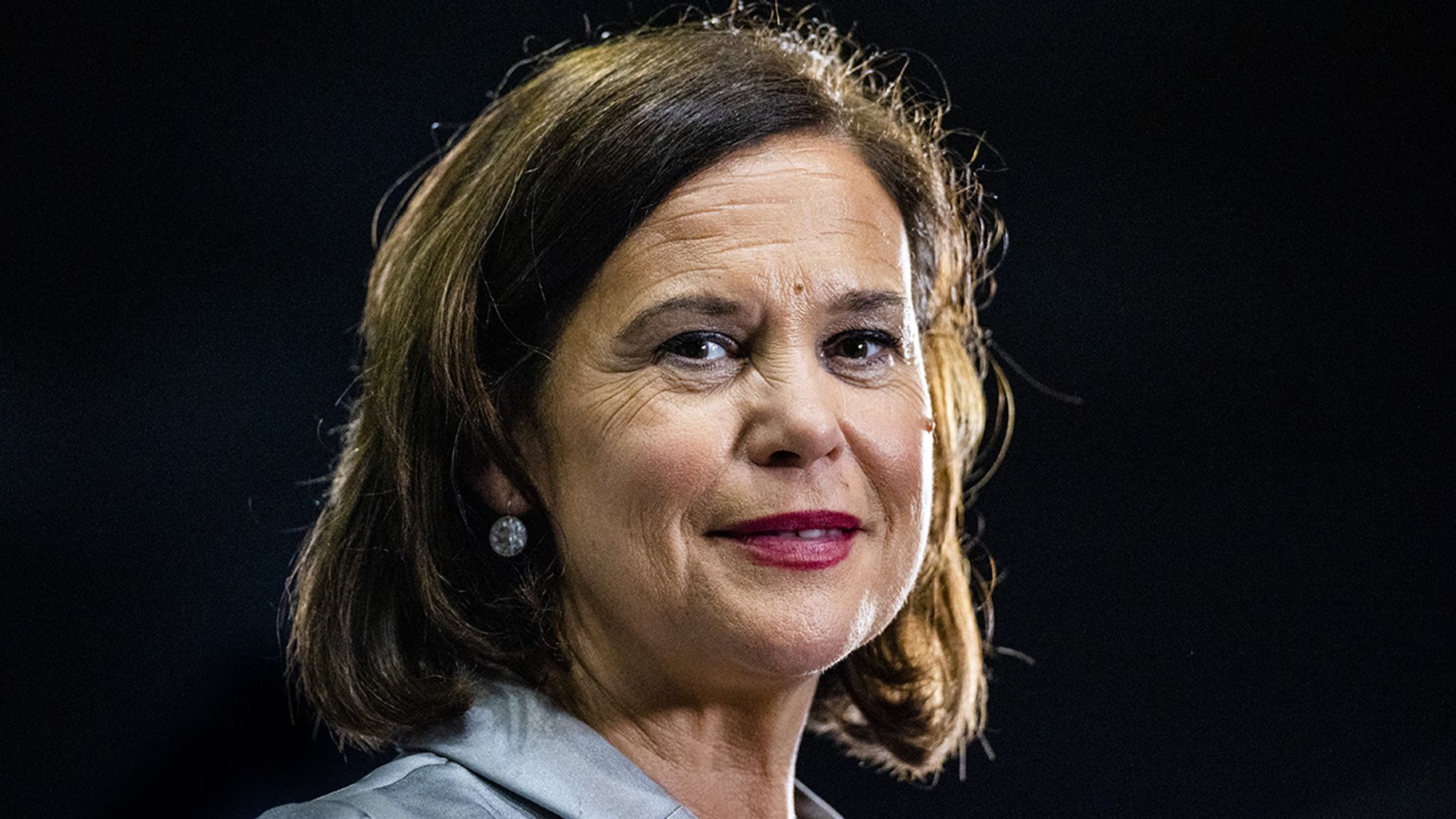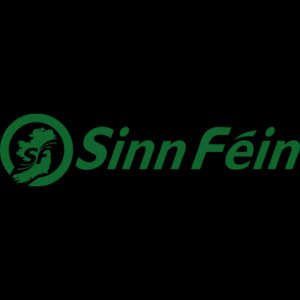Consequently, no radical right-wing party has ever emerged in Ireland and the contenders on the left wing have had few successes. The Workers Party (WP) is Ireland’s communist party with roots dating back to the early 20th century. For a long time, the communists had very weak voter support, and did not win a seat in parliament until the 1980s. Unusual for a European communist party, it achieved its greatest success towards the end of the decade. In the 1989 EP election, the WP became the fifth largest party with seven per cent of the votes. After the collapse of the Eastern Bloc, the party split when a reformist section broke away (eventually to merge with the Labour party) while the orthodox members remained. After the split, the WP has gathered less than one percent of the votes in the elections.
Two older Trotskyist parties from the 1970s have been of some relevance in the 2000s. The Socialist Party (SP) was formed in 1972 by defectors from Labour who called themselves the Militant Tendency. SP remained faithful to the revolutionary methods and ideas of Marx, Engels, Lenin and Trotsky, and consequently remained small. The Socialist Workers Party (SWP) is another Trotskyist party that never gathered even 1% of the votes.
The financial crisis of 2008 motivated severe cuts in welfare spending, something all established parties stood behind. Therefore, attempts were made to create a broad left-wing radical movement in Ireland with inspiration from Spanish Podemos and Greek Syriza, mobilising against the austerity policy. Both the old Trotskyist parties participated and the SP began to use the name “Anti Austerity Alliance”. The SWP had already in 2005 turned into People Before Profit. However, the 2011 election, the first after the financial crisis, was a failure, with much of the blame being placed on dogmatic communists unable to let go of their old-fashioned ideological analysis.
The movement gained renewed vigour in 2014-15 when the government wanted to introduce charges on water. However, a major campaign again paid off poorly on election day, with marginal success in the 2016 election. PBP has since formed an alliance with the Solidarity party and now uses the label eco-socialism for its own ideology. At the same time, the Trotskyist core remains, as their opponents like to point out. The party has a hardline class rhetoric, advocates an Irish Brexit (they are the only party in Ireland with parliamentary representation opposed to EU integration) and has opposed sanctions against Russia.





